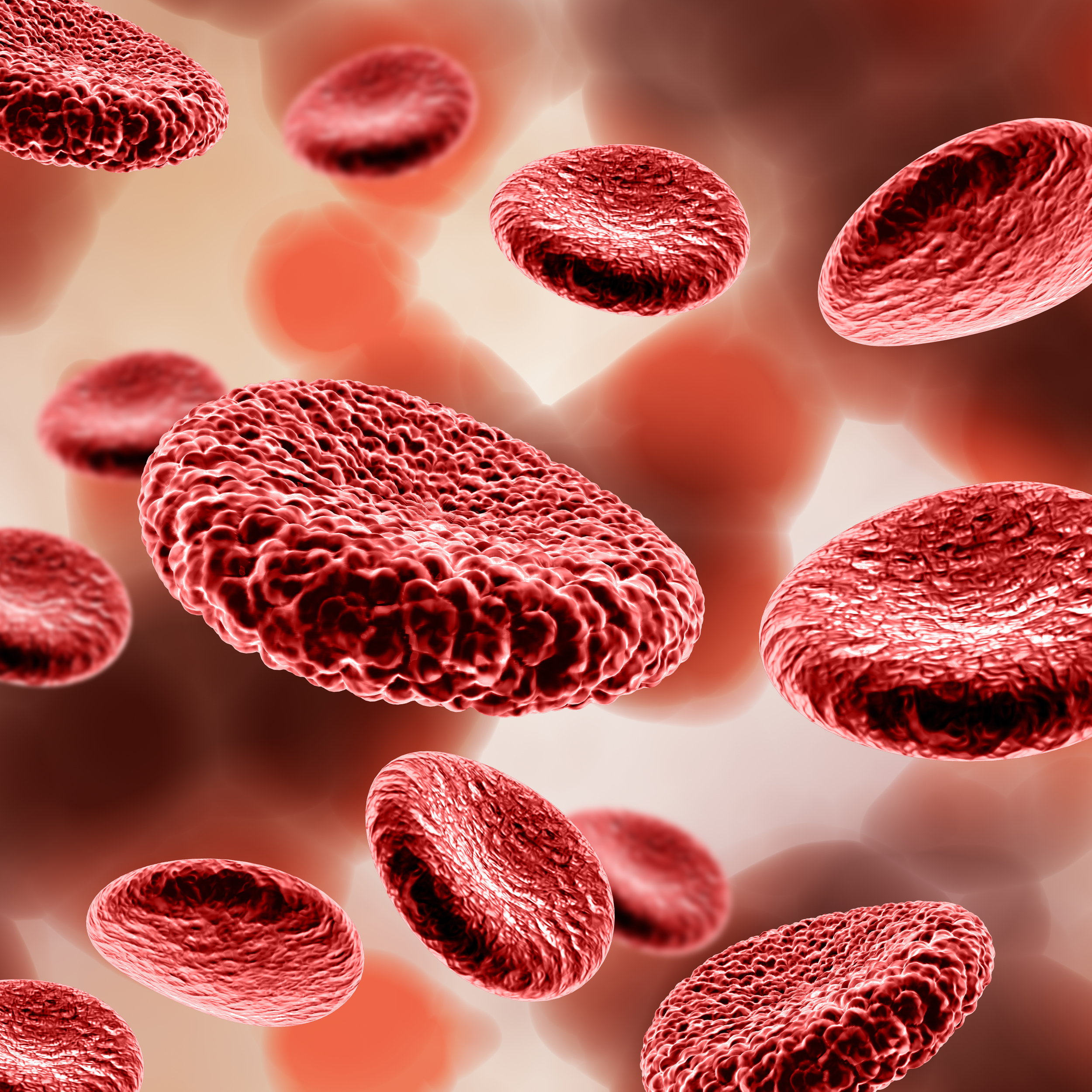

Anemia impacted almost 2 billion people in 2021, with women being more affected than males. A new study combining three decades of global anemia data (1990-2021) paints a complicated picture of how multiple crucial factors contribute to the disparity in success stories between men, women, and children.
The study was done by the Institute for Health Metrics and Evaluation (IHME), based in Seattle, and its Global Burden of Disease anemia collaborators, and was published in The Lancet Haematology.
“From this 30-year study, we know the global picture around anemia has improved, but there are still wide disparities when you narrow the focus on geography, gender, and age,” says Dr. Nick Kassebaum, senior author of the study, head of IHME’s Neonatal and Child Health team, and Professor in Anesthesiology at the University of Washington.
“We modeled 37 underlying causes for anemia. It’s very important for clinicians to treat these causes in parallel to the anemia itself. We hope they use these data to design more comprehensive intervention and treatment plans, especially for the most vulnerable—women of reproductive age, children, and the elderly.”
Globally, 31.2% of women had anemia in 2021, compared to 17.5% of men. During the reproductive years, ages 15-49, the gender gap was more pronounced. The prevalence of this condition in this age group was 33.7% in women and 11.3% in men.
“Over the years, there’s been a lot of focus on reducing the condition globally, but as a group, women and children have shown the least progress,” says Will Gardner, researcher at IHME and lead author of the paper.
“This is a nuanced situation that revolves around access to nutrition, socioeconomic status, unmet need for contraception, and the ability to identify and treat underlying causes of anemia. Our data show how one group—adult men—has fared much better than two other groups, women (ages 15–49) and children younger than five years. This speaks to the need for a shift to multisectoral approaches and improved cultural awareness to make sure women and children are not left behind.”
Anemia causes and consequences
Dietary iron deficiency was the major cause of this condition in 2021, accounting for 66.2% of total anemia cases, affecting 825 million women and 444 million men worldwide. Inadequate iron intake may have been the single most common cause of anemia, although numerous other factors play a role.
The study discovered that gynecological problems and maternal hemorrhage were significant factors to disease burden among reproductive-age women. Dietary iron deficiency was the leading cause of anemia in children under the age of five, but hemoglobinopathies, various infectious diseases, HIV/AIDS, and malaria were also significant contributions in geographic areas where these diseases are widespread.
“Anemia plays out differently depending on the group that’s struggling with the condition. For children, this condition can impact brain development and cognition, so early treatment and management are crucial. This might mean accessing high-quality, nutrient-rich foods and/or receiving treatment for parasitic infections and malaria,” says Dr. Theresa McHugh, scientific writer at IHME who focuses on neonatal and child health.
“For many young women and girls, there’s an education gap about blood loss during menstruation, inadequate options for effectively managing menstrual problems in those who have them, and not enough knowledge about how to manage and/or reverse the condition when it occurs. We know anemia can impact mental health because the associated weakness and fatigue can interfere with desired activities.”
Previous research has linked anemia to higher rates of anxiety and depression, as well as higher rates of preterm labor, postpartum hemorrhage, low birthweight, short gestation, stillbirth, and infections in both the child and the mother.
Regions and danger
According to the findings, Sub-Saharan Africa and South Asia are currently bearing the largest impact. This condition frequency was highest in Western Sub-Saharan Africa (47.4%), South Asia (35.7%), and Central Sub-Saharan Africa (35.7%) in 2021. Australasia (5.7%), Western Europe (6%), and North America (6.8%) have the lowest rates of anemia.
Mali, Zambia, and Togo had the highest disease burdens (each had more than 50% anemia). Iceland, Norway, and Monaco had the lowest anemia burdens (each had a 5% anemia burden).
more recommended stories
 Gestational Diabetes Risk Identified by Blood Metabolites
Gestational Diabetes Risk Identified by Blood MetabolitesKey Takeaways (Quick Summary for Clinicians).
 Phage Therapy Study Reveals RNA-Based Infection Control
Phage Therapy Study Reveals RNA-Based Infection ControlKey Takeaways (Quick Summary) Researchers uncovered.
 Pelvic Floor Disorders: Treatable Yet Often Ignored
Pelvic Floor Disorders: Treatable Yet Often IgnoredKey Takeaways (Quick Summary) Pelvic floor.
 Urine-Based microRNA Aging Clock Predicts Biological Age
Urine-Based microRNA Aging Clock Predicts Biological AgeKey Takeaways (Quick Summary) Researchers developed.
 Circadian Control of Neutrophils in Myocardial Infarction
Circadian Control of Neutrophils in Myocardial InfarctionKey Takeaways for HCPs Neutrophil activity.
 E-Cigarette Use and Heart Attack Risk in Former Smokers
E-Cigarette Use and Heart Attack Risk in Former SmokersKey Takeaways for Clinicians and Nurses.
 36-Week Pre-eclampsia Screening May Reduce Term Risk
36-Week Pre-eclampsia Screening May Reduce Term RiskA New Preventive Strategy for Term.
 Cardiovascular Risk and Sudden Cardiac Death in Diabetes
Cardiovascular Risk and Sudden Cardiac Death in DiabetesRising Sudden Cardiac Death (SCD) Risk.
 Poor Kidney Function and Alzheimer’s Biomarkers Explained
Poor Kidney Function and Alzheimer’s Biomarkers ExplainedPoor kidney function may influence levels.
 Walking Speed Before Hip Replacement Predicts Recovery
Walking Speed Before Hip Replacement Predicts RecoveryNew Evidence Points to a Simple,.

Leave a Comment